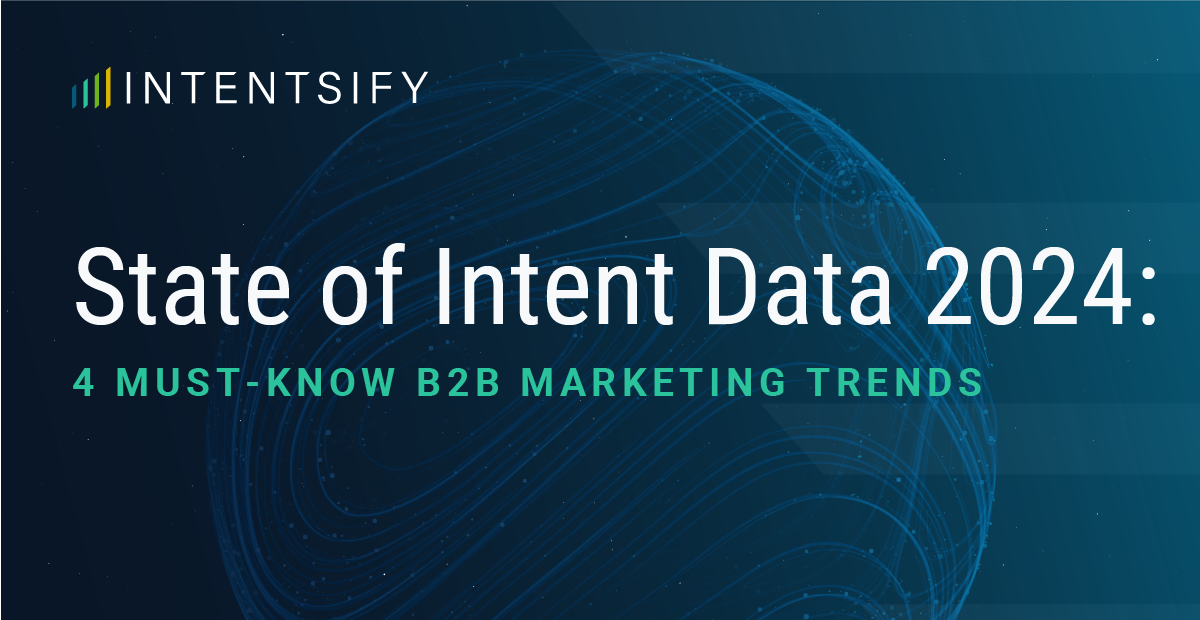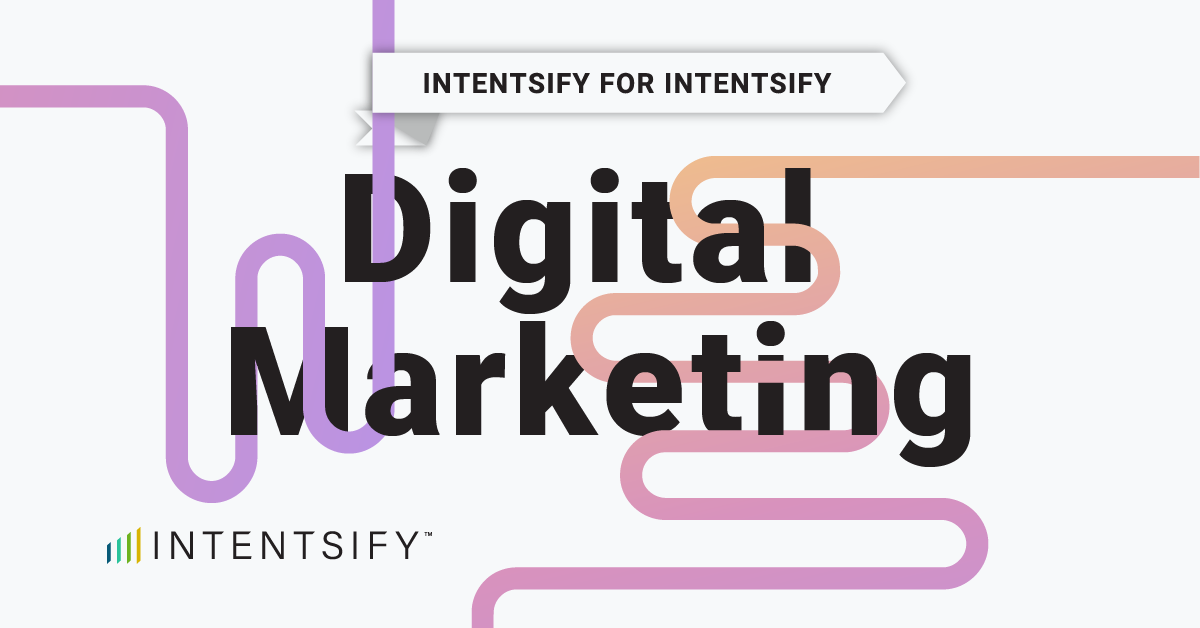Sales and marketing are critically important to the account-based go-to-market and intent data success of B2B organizations. But often, the teams are misaligned. While sales and marketing alignment has come far—likely from the rise of revenue operations teams—there’s still a long way to go.
Smarketing is a term that’s circulated around the industry in recent years. So, what is smarketing? Smarketing is the process of integrating a business’s sales and marketing processes into a common approach and shared goals. Organizations that have achieved smarketing are more likely to see success with account-based marketing (ABM), as it’s key to the program. It’s also critical for successfully implementing an intent data-driven strategy, which has many use cases that complement ABM. Smarketing may sound like an easy and obvious approach. But traditional silos among teams and legacy processes and mindsets have prevented many from garnering the alignment needed to realize the benefits.
According to Intentsify’s research report with Ascend 2, “The B2B Marketer’s State of Intent Data,” there are three main complaints from sales and business development representatives (BDRs) when using intent data and achieving ABM success. All are a product of sales–marketing misalignment.
- Issues with data relevancy (47% of responses)
- Lack of message alignment with marketing (42% of responses)
- Inefficient hand-off process/workflow (38% of responses)
(Note: Survey respondents were asked to select up to three out of eight options.)
In this blog, we’ll outline the five critical steps organizations must take to successfully orchestrate smarketing and get the most out of their ABM and intent data investment.
Step 1: Company-Wide ABM Alignment
Before trying to achieve smarketing, ensure that your organization’s executives and business leaders are invested in the the value and impact of ABM. ABM is a company-wide strategy that is not for every business. That’s why some prefer to label it as account-based orchestration (ABO) or account-based “go-to-market.” It requires a shift in mindset and a tremendous investment of time and resources across the company to execute successfully. This is often at the detriment of other shorter-term demand generation tactics and revenue opportunities. When embarking on smarketing, ask yourself if you’ve had the necessary conversations to move forward on ABM and that your company is truly ready to dedicate the right resources to the program.
Step 2: Involve the Right Stakeholders
ABM is not just marketing. It involves many roles across departments and it’s important that various stakeholders contribute to the process. Sales is often the most overlooked and underestimated role in the account-based process. But they are a critical stakeholder that not only generates pipeline and closes business, but gathers account intelligence from customers and prospects to inform the ABM strategy.
When aligning towards ABM, stakeholders should include:
- Product marketing
- Customer marketing
- Demand gen/campaigns
- Sales development
- Field sales
- Sales operations
- Partners
- Customer success
This stakeholder list is just a starting point. At your organization, there may be strategy and enablement teams that should also be included. Smarketing requires each function to play a role to varying degrees. And the cross-functional team must work together to orchestrate the company-wide initiative. For tips on how each function contributes, read ABM Orchestration: What Does It Mean and Why Is It So Difficult?.
Step 3: Set the Right Foundation
As noted above in the Intentsify and Ascend survey, the main complaints from sales and BDRs relate to issues of data relevancy, message misalignment, and inefficient processes. Prior to launching any ABM programs, ensure the right foundation and expectations between sales and marketing are in place. For example, if sales is only using intent data for account prioritization, but not to optimize engagement tactics and messaging, they’re wasting half of the value intent data can provide. If sales lacks clear guidance on their role in the ABM program or the handoff processes for an account, it leads to confusion and mistrust of the partnership.
B2B organizations must spend the time setting the foundation for ABM success between sales, marketing, and the rest of the organization in order to keep everyone moving towards the same goal. With the right foundation, Alvaria was able to align their sales and marketing teams, fully transforming their GTM strategy which led to tangible success in creating an efficient growth engine.
Step 4: Use Data to Iterate on the Strategy
ABM is not a “set it and forget it” strategy. Sales is always speaking with customers and prospects to better understand their needs. The feedback and account intelligence gathered from sales should be used to iterate and improve upon the strategy. Moreover, account intent changes frequently (often weekly) and is also a critical tool for informing the account prioritization, messaging, and content.
Too often, B2B marketers are hesitant to iterate and make changes after they’ve settled on an ABM approach. But effective ABM and smarketing requires open and persistent communication between sales and marketing, education and training, and an iterative mindset. Sales feedback and intent data are critical to crafting an ABM strategy that works. Both should be used to continuously iterate and improve upon the approach over time.
Step 5: Win As a Team
Smarketing is all about making sales and marketing better and more effective together. This mindset requires that both sales and marketing forget about traditional MQL and SQL metrics and focus on driving revenue as a team. That’s a tremendous shift from traditional sales and marketing dynamics, where each team is focused on attribution for their individual efforts. Winning as a team means that sales and marketing must be coordinated on the same accounts and focus on shared goals: engagement, pipeline, and opportunities against those target accounts. When sales and marketing are successful with ABM, the company wins.
In addition to the 5 steps outlined above, it’s important that all the stakeholders involved prioritize frequent and open communication, and cross-functional planning and alignment to create an environment where smarketing can flourish. ABM success doesn’t happen overnight. It’s a long-term strategy. It’s easy to abandon the path when stakeholders aren’t seeing short-term results to the bottom line. Continuous prioritization of smarketing throughout the ABM journey is key to realizing the long-term benefits of an account-based go-to-market approach.






